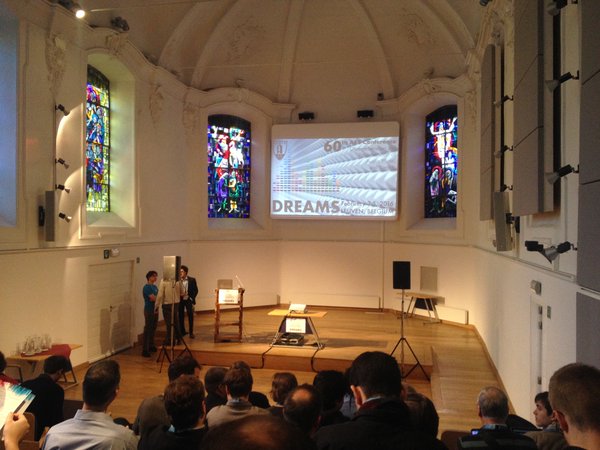
Nemisindo (from the Zulu word for sound effects) is a spin-out company from our research group, offering sound design services based around procedural audio technology. Nemisindo has been fairly quiet recently, developing new products and delivering some contract work. But expect to hear a lot from them in the near future, including this announcement.
A couple of years ago, Nemisindo was awarded a MegaGrant from Epic Games, to support their contributions to the Unreal community. It resulted in, among other things, delivery of a lot of procedural audio plug-ins for the Unreal game engine; the Action Pack, the Nature Pack, and Adaptive Footsteps.
Nemisindo is very pleased to announce that we have been awarded a new Epic MegaGrant, titled MetaSounds Plus. MetaSounds is the Unreal Engine’s new high-performance procedural audio system. It gives sound designers complete control over a Digital Signal Processing graph for the generation of sound sources. MetaSounds has the potential to be a game-changer in the industry. It is a fascinating technology that combines the best aspects of audio-oriented graphical programming languages (such as Max MSP and Pure Data), with the Unreal Engine workflow. It allows game developers to take their first steps in the world of procedural audio in an intuitive and seamless fashion.
The MetaSounds Plus project will greatly enhance Unreal Engine’s MetaSounds by delivering a suite of powerful nodes and assets. This benefits the Unreal community by providing developers with rich, intuitive tools to achieve great game sound design.
Here’s a video giving an overview of our proposal for the MetaSounds Plus project.
Nemisindo will soon be hiring an audio software engineer to support this project, so keep an eye out for more announcements. And keep an eye (and ear) out for some great new releases.
As always, if interested in knowing more, please get in touch.


